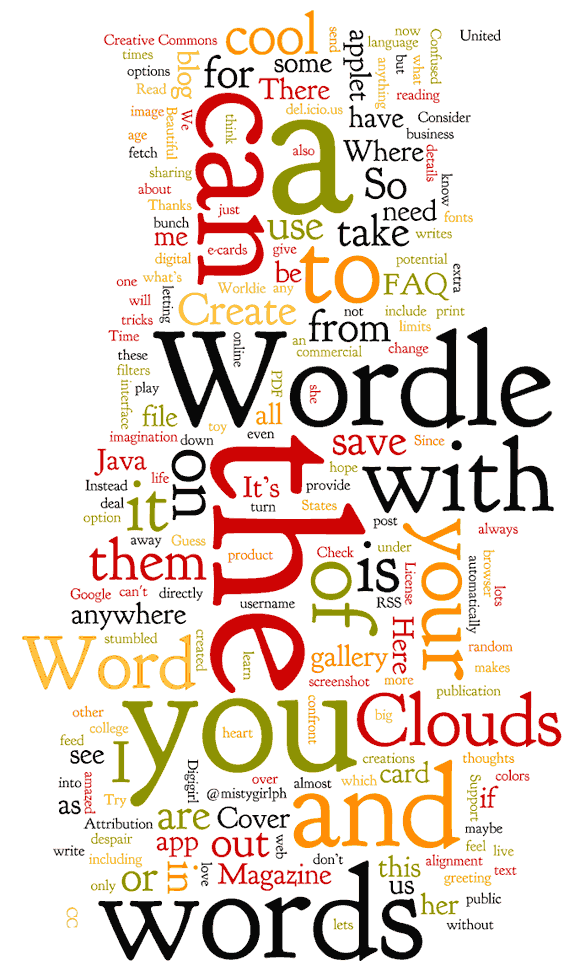

Also, you can create clickable word clouds that link to relevant information. You can choose custom shapes, themes, colors, and fonts, and edit word lists, size, and word spacing. Wordclouds allows you to paste text, upload a document, or enter a URL. You can save word clouds in HTML and PDF, or embed them on your website. Here's a list of some other popular word cloud tools that you might want to try out: TagCrowdįounded in 2006, TagCrowd is a straightforward tool that offers several options to tailor your word clouds, including language, word limits, and similar word groupings.
#Quick word cloud how to#
Now that you know how to use MonkeyLearn’s WordCloud Generator, let’s explore other tools to create word clouds. Upload Your Data to The Word Cloud GeneratorĬhoose your text source and upload it to the word cloud tool by pasting text, or uploading a document.

Upload your data to MonkeyLearn WordCloud Generatorġ.Learn how to create word clouds from your data it in four simple steps, or watch our video tutorial: This advanced word cloud tool also reduces words to their root form (a process known as stemming), and determines which words are most relevant. MonkeyLearn’s word cloud generator automatically creates word clouds that keeps phrases together by detecting collocations (words that often go together). It’s a great text analysis tool to get started with. MonkeyLearn's AI-powered word cloud tool has a simple user interface, allowing you to gain accurate insights quickly and easily. However, some tools are more intuitive and accurate than others. Online word cloud generators enable you to create tag clouds with ease. Either way, MonkeyLearn WordCloud Generator can help you create a visual representation of your data in seconds. Create word clouds from text to discover topics that are mentioned most often in your documents, or brighten up a report.


 0 kommentar(er)
0 kommentar(er)
